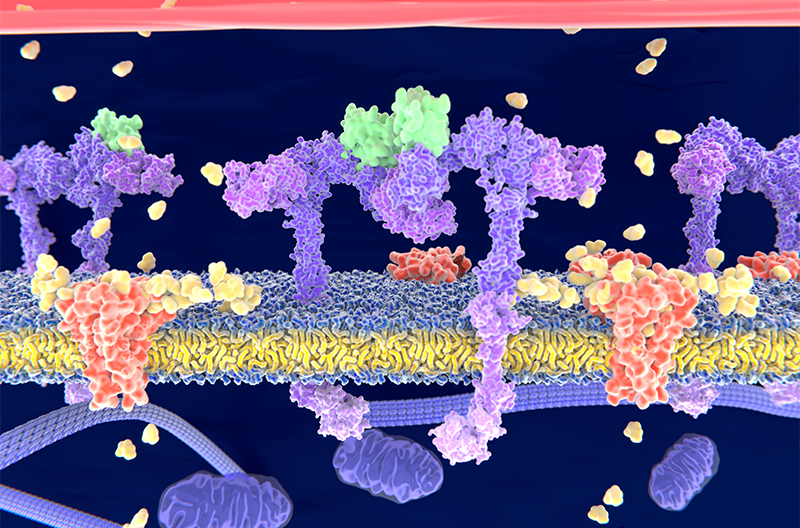You may already know that following the Keto diet can help you burn fat and lose weight in a manageable way. This is thanks to the fact that this diet allows your body to enter a state of ketosis. However, ketoacidosis is a serious health concern of which you need to be aware. If you’ve never heard of it, we’ve got all the answers you could need right here. Let’s take a quick look at the major differences between ketosis vs ketoacidosis. These two states have similar names, but it’s vital you don’t get them confused
What is Ketoacidosis?
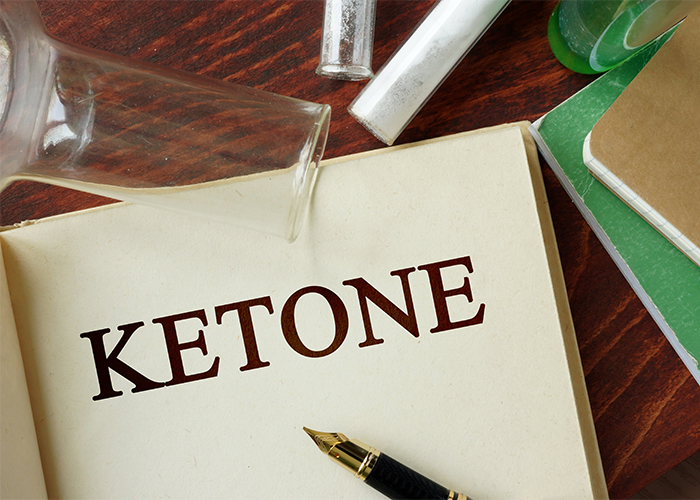
Before we take a look at the differences between ketosis vs ketoacidosis, let’s first deal with the most pressing question: What is ketoacidosis?
Ketoacidosis is a severe medical condition, which can result in a diabetic coma or — in extreme circumstances — death.[1] For that reason, you need to be aware of its symptoms so you can get the medical attention you need.
The condition comes about when your cells fail to get enough glucose and start to produce ketones as a result.[2] If you’re familiar with ketosis, you’ll recognize that this process is somewhat similar. However, one of the main differences between ketosis vs ketoacidosis is that the ketone levels get strikingly high in the blood and make it more acidic. This can be especially problematic for people suffering from diabetes.[3]
Ketosis vs Ketoacidosis: 4 Key Differences
Now that you understand what ketoacidosis is, it’s time to talk about the key differences between it and ketosis. The truth of the matter is, there’s a lot of overlap between these two states. However, to protect your general health, you should be aware of ketoacidosis and how it strays from ketosis.
Here’s what you need to know:
1. Ketosis involves a safe level of ketones
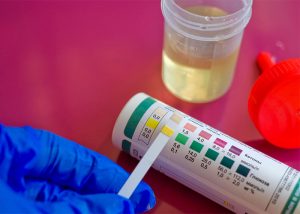
One of the key differences between ketoacidosis vs ketosis is the level of ketones in your body. When you’re in ketosis, your blood ketone level should be between 0.5–3.0 millimoles per liter.[4] You can test these levels using some special blood or urine strips which you can buy over the counter.
If your blood ketone levels are higher than 240 milligrams per deciliter, it could be a sign of ketoacidosis, according to the American Diabetes Association.[5] See a doctor immediately should your levels become this high.
2. Ketoacidosis can be fatal
One of the major things you should know about ketoacidosis is that it can be fatal.[6] While you can use nutrition to enter a ketosis state, and doing so may help you to lose weight, ketoacidosis is a serious health concern. Some of the ketosis symptoms are similar to the warning signs of ketoacidosis; however, the two are not the same and the latter can put you at serious risk. Recognizing the difference between these processes is the best way to look after your general health.
3. Ketoacidosis is caused by too little food

A primary difference between these processes is how they come about. If you’re following the Keto diet, you may already know that ketosis happens when you restrict your carbohydrate intake.[7] After doing so for a short period of time, your body will enter “Nutritional Ketosis”.[8] How long it takes to get into ketosis will depend on your health and general diet among other things.
When it comes to ketoacidosis, one of the major causes is too little food in general.[9] Failing to eat enough can lead to excessively high ketone levels, which puts your body in this dangerous metabolic state.
4. Ketoacidosis is linked to diabetes
Of course, any person — healthy or otherwise — may be able to enter the ketosis state using a carefully planned-out diet. However, when we’re talking about ketoacidosis vs ketosis, we shouldn’t ignore another health problem. Ketoacidosis is a common complication of diabetes.[10]
For that reason, people who have this health complication should be aware of its symptoms and know how to spot them. When a person’s insulin levels are low, they may be at risk of developing this problem and should see a doctor right away.
12 Warning Signs That You’re in Ketoacidosis

When trying to determine the difference between ketosis vs ketoacidosis, it’s worth looking at some of the warning signs of the latter. With that in mind, the American Diabetes Association lists a few of the key symptoms of which you should be aware.[11]
If you notice a combination of the following signs, you may be experiencing ketoacidosis:
- High blood sugar levels
- Dry mouth and thirstiness
- Constantly needing to urinate
- High ketone levels in urine
- Feeling tired all the time
- Vomiting and nausea
- Difficulty when breathing
- Particularly dry skin
- Sweet ‘fruity’ smelling breath
- Lack of concentration or confusion
- Stomach or abdominal pain
- Flushed, red skin
Needless to say, exhibiting one of these signs alone does not mean that you’re in ketoacidosis. However, if you start to frequently experience these symptoms together, it could be time to seek medical assistance.
Getting the attention you need immediately is vital as this condition can worsen and lead to death.
When to Seek Medical Help

Are you currently experiencing a combination of the warning signs listed above? If you are, the smartest thing you can do for your health is to see a medical professional as soon as possible.
When ketones build up in the body, they can poison your body.[12] This can make you seriously sick and isn’t something you should take lightly.
Should you be at all worried about your health, it’s important you get medical attention. As we’ve already covered, the symptoms may not mean that you are in ketoacidosis. However, getting some attention will both put your mind at ease and ensure that you’re healthy.
Tip: It’s always better to be safe than sorry —don’t hesitate to reach out to your doctor!
Prevention & Treatment
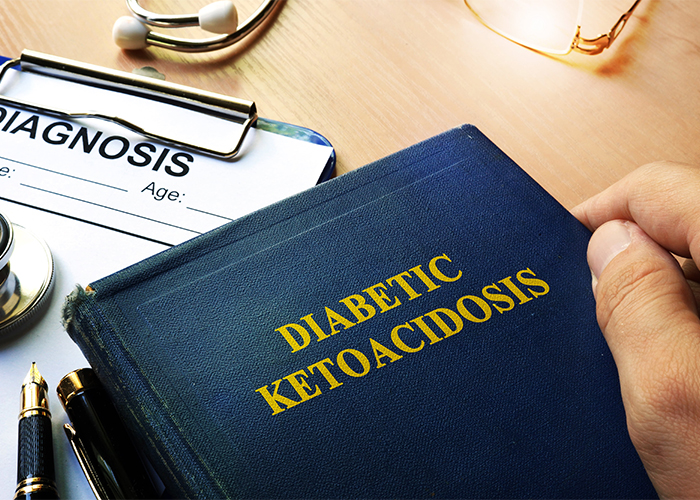
The American Diabetes Association recommends that people with diabetes regularly measure their blood and urine to check their ketone levels.[13] By keeping a close eye on your condition, you can make sure it does not get worse over time.
Since ketoacidosis is a serious health concern, much of the treatment for it takes place in a hospital.[14] Needless to say, when you believe that you have ketoacidosis, you should seek medical attention immediately. Your doctor will be able to advise you on the next steps and ensure you get the help you need. The sooner you notice the symptoms and let a professional know about them, the better it will be for your health.
Final Thoughts

Ketoacidosis is something you should take very seriously. Unlike ketosis, it cannot be used as a weight loss tool and could be potentially life-threatening.
Now that you’re aware of the differences and understand the warning signs, make sure you look out for them. Noticing that you’re in ketoacidosis early on and getting medical help immediately could save your life. Should you have diabetes, you need to be even more vigilant when it comes to checking your ketone levels. After all, looking after your general health is always the number one priority.
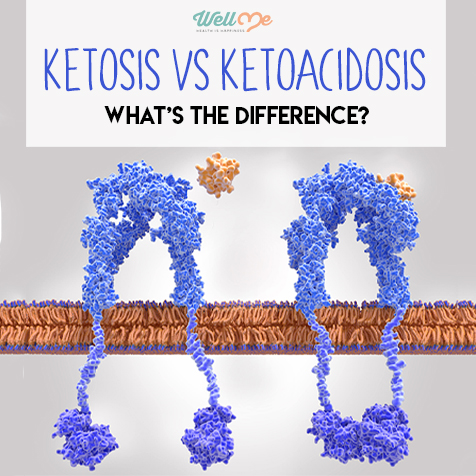
References
- [1] https://www.diabetes.org/diabetes/complications/dka-Ketoacidosis-ketones
- [2] https://www.diabetes.org/diabetes/complications/dka-Ketoacidosis-ketones
- [3] https://www.diabetes.org/diabetes/complications/dka-Ketoacidosis-ketones
- [4] https://www.ncbi.nlm.nih.gov/pmc/articles/PMC5828461
- [5] https://www.diabetes.org/diabetes/complications/dka-Ketoacidosis-ketones
- [6] https://www.diabetes.org/diabetes/complications/dka-Ketoacidosis-ketones
- [7] https://www.ncbi.nlm.nih.gov/books/NBK499830/
- [8] https://www.ncbi.nlm.nih.gov/books/NBK499830/
- [9] https://www.diabetes.org/diabetes/complications/dka-Ketoacidosis-ketones
- [10] https://www.diabetes.org/diabetes/complications/dka-Ketoacidosis-ketones
- [11] https://www.diabetes.org/diabetes/complications/dka-Ketoacidosis-ketones
- [12] https://www.diabetes.org/diabetes/complications/dka-Ketoacidosis-ketones
- [13] https://www.diabetes.org/diabetes/complications/dka-Ketoacidosis-ketones
- [14] https://www.diabetes.org/diabetes/complications/dka-Ketoacidosis-ketones

